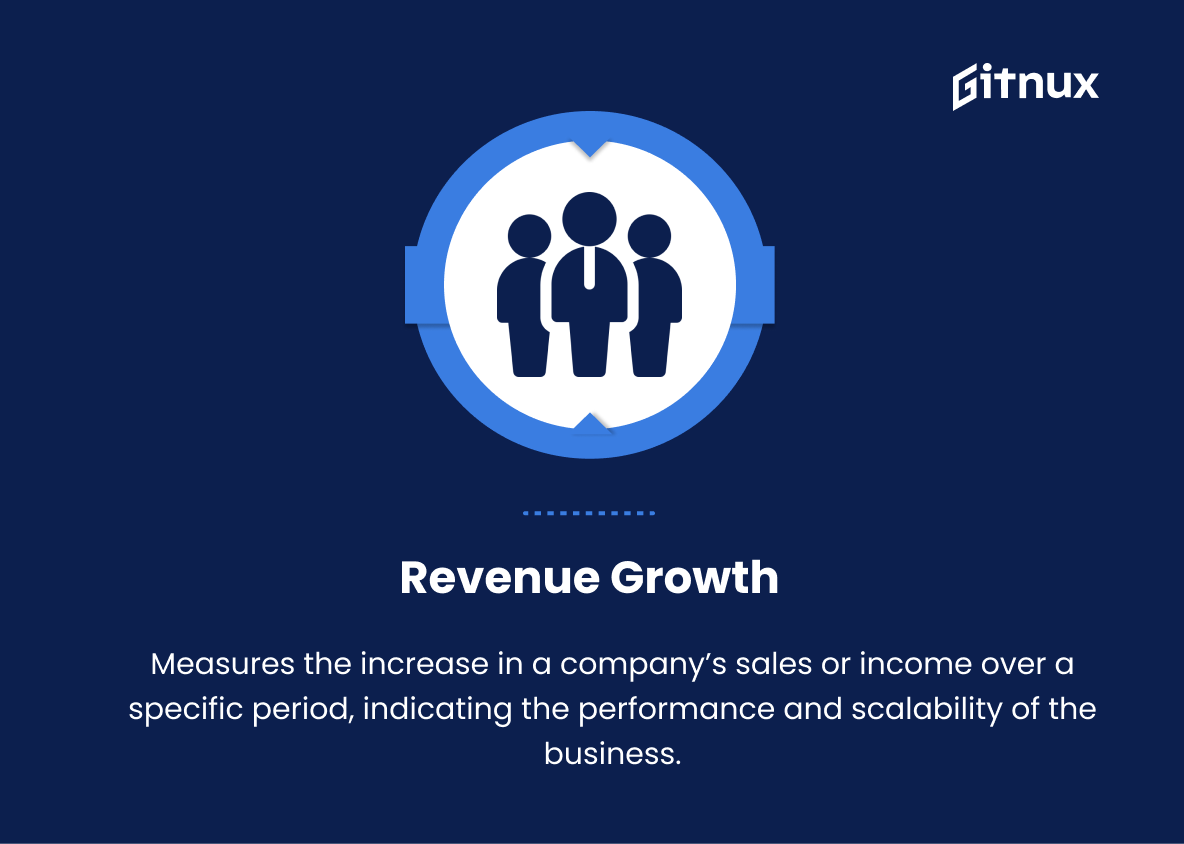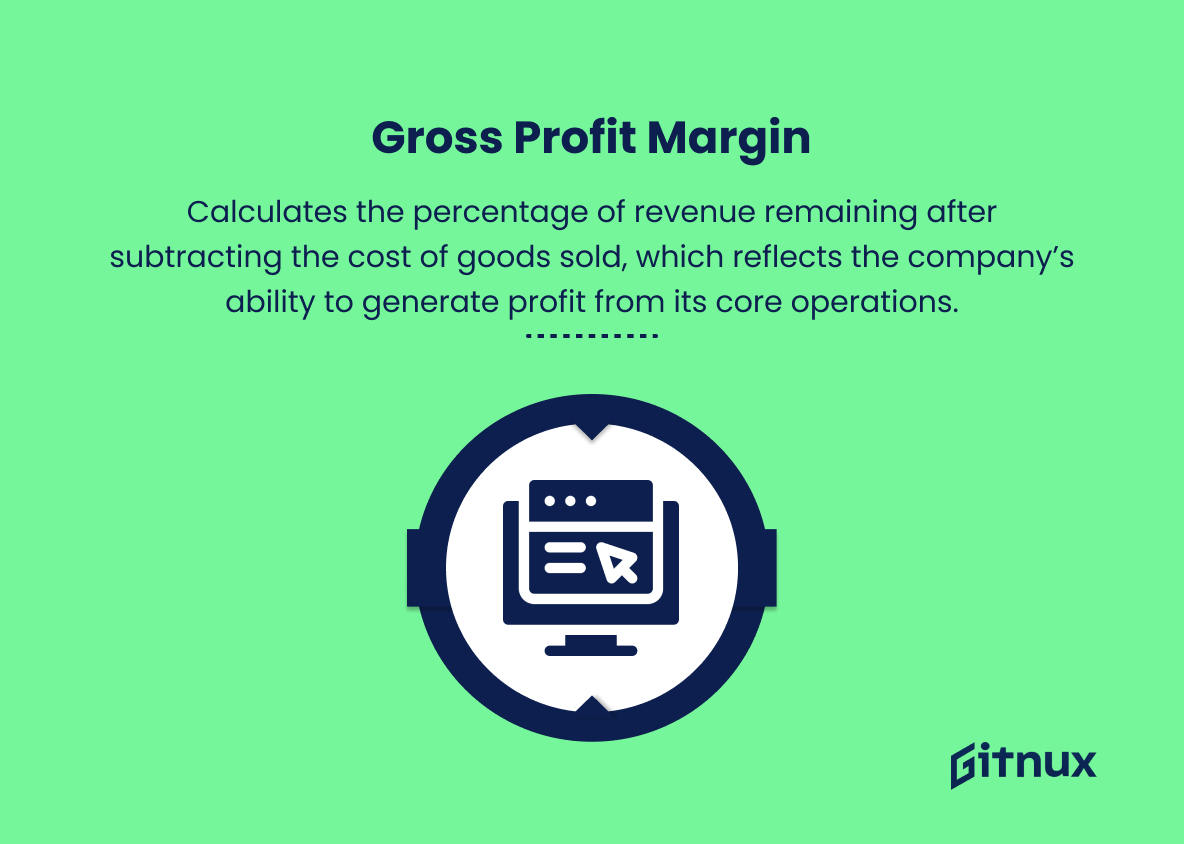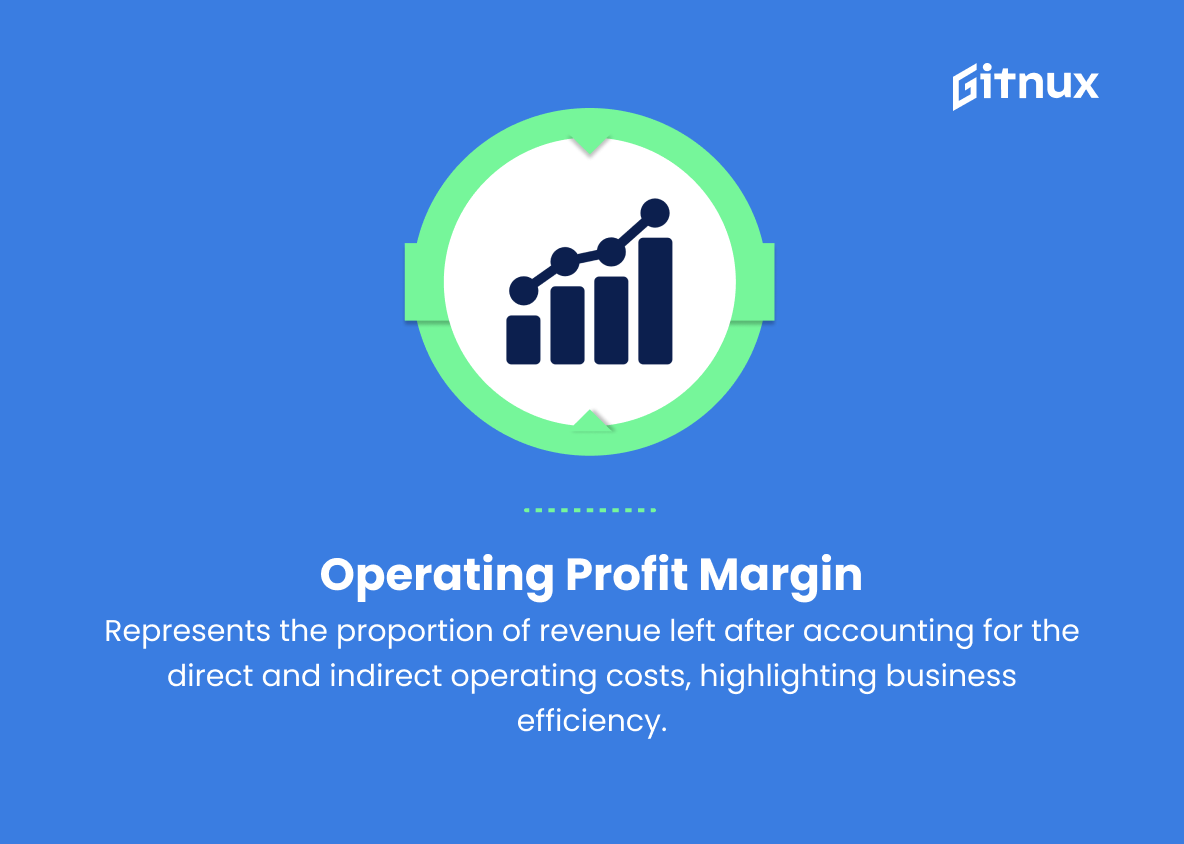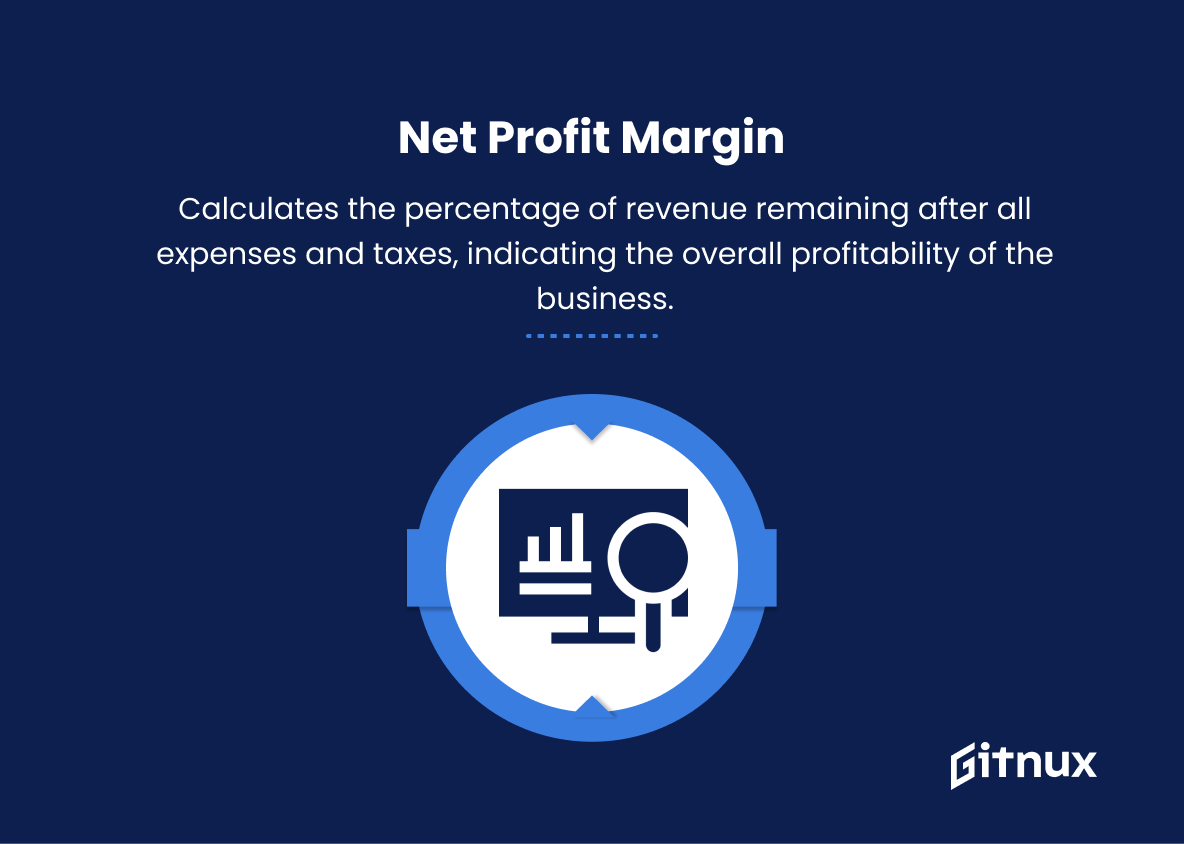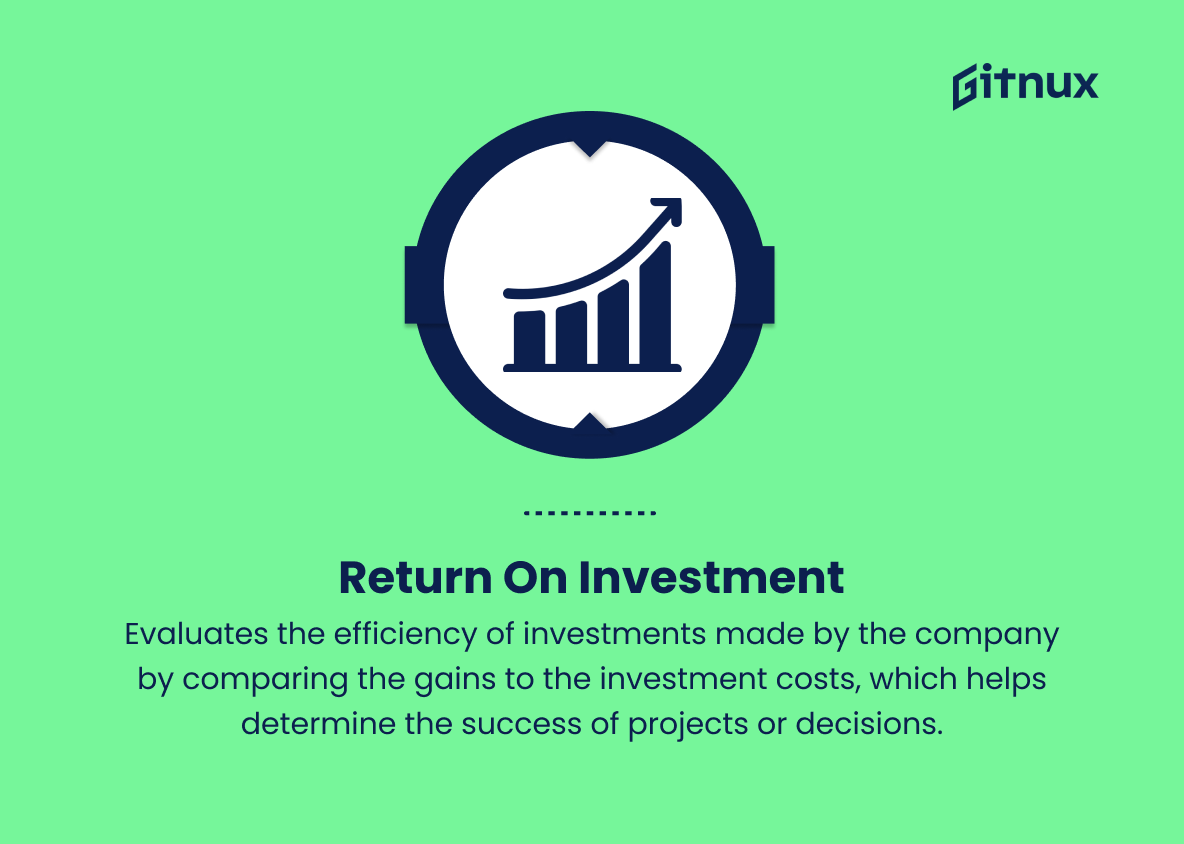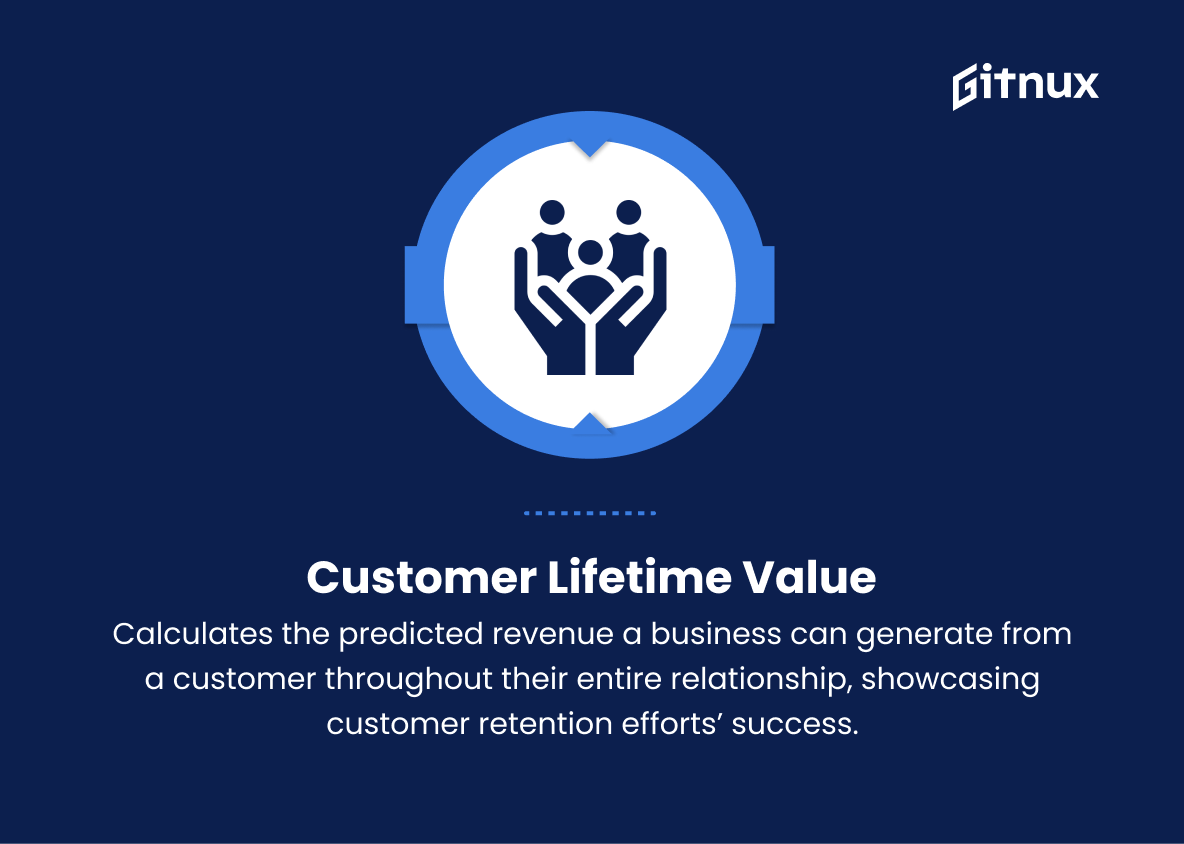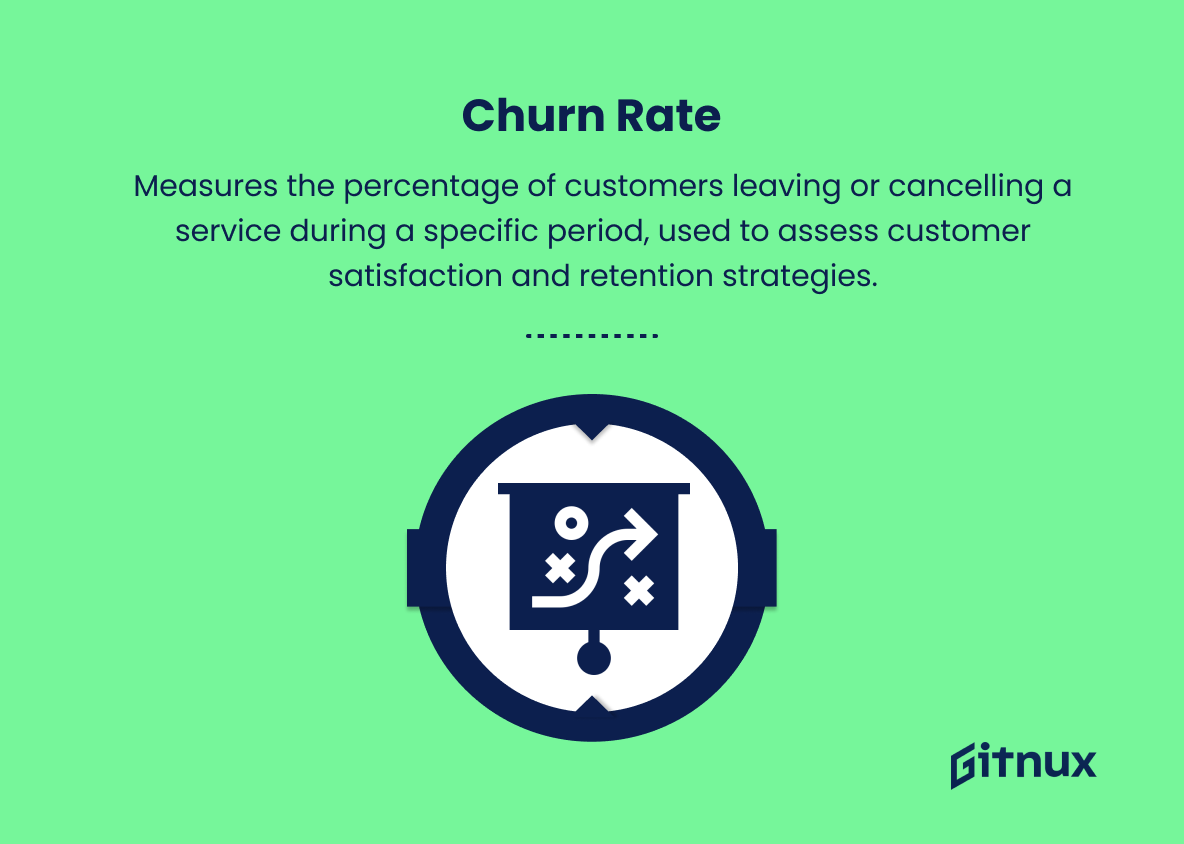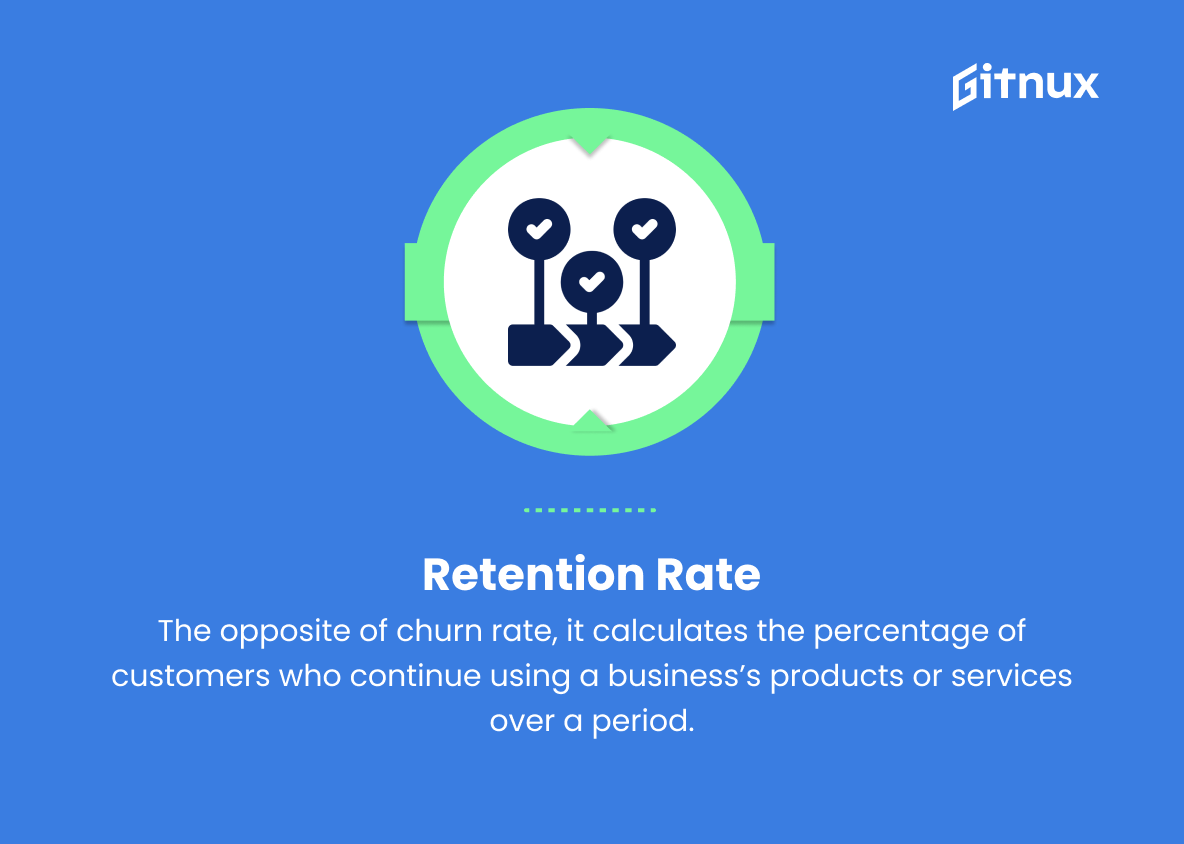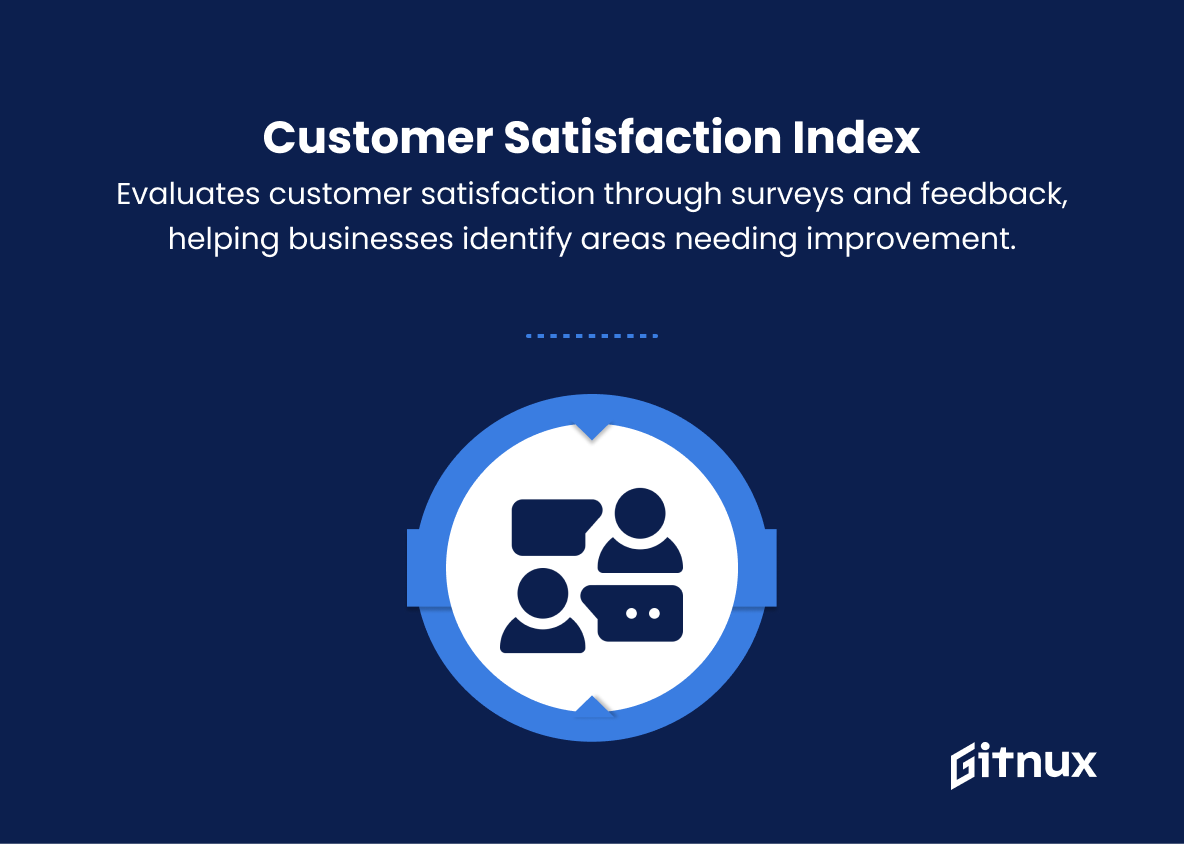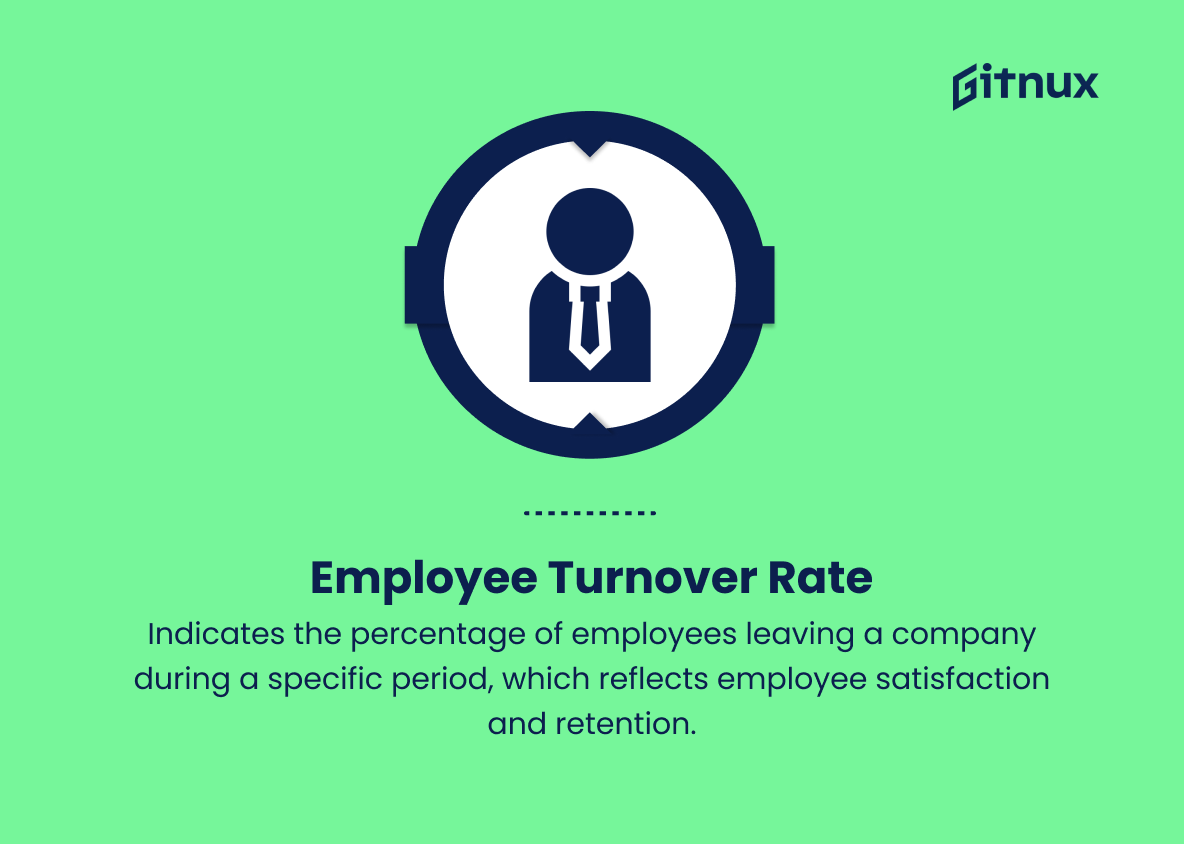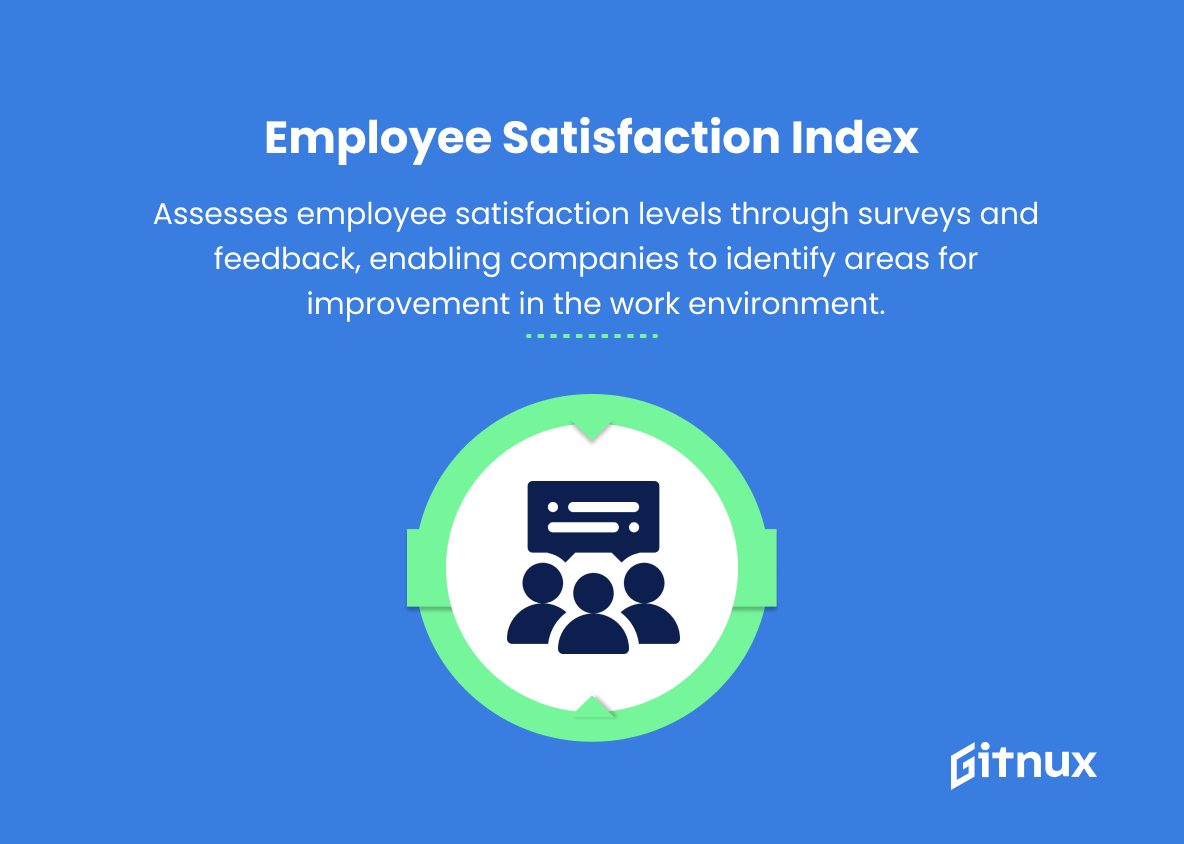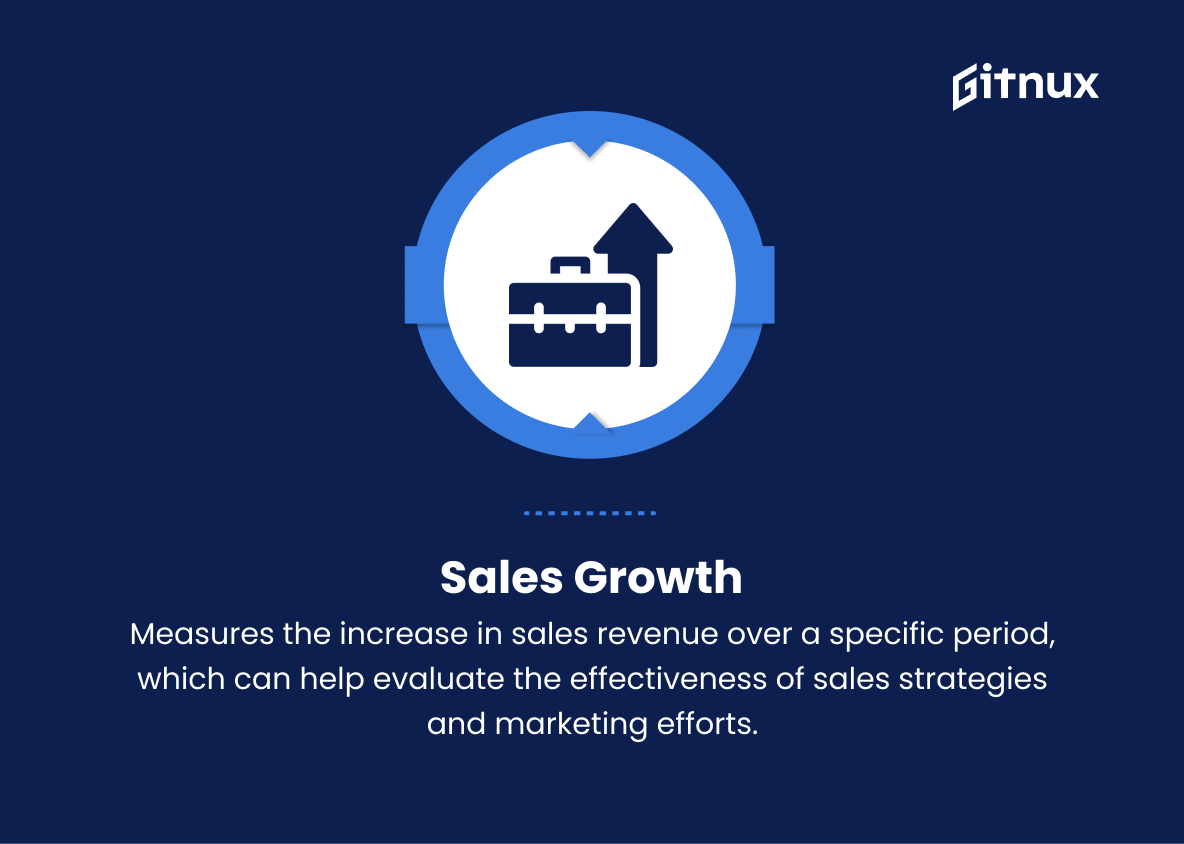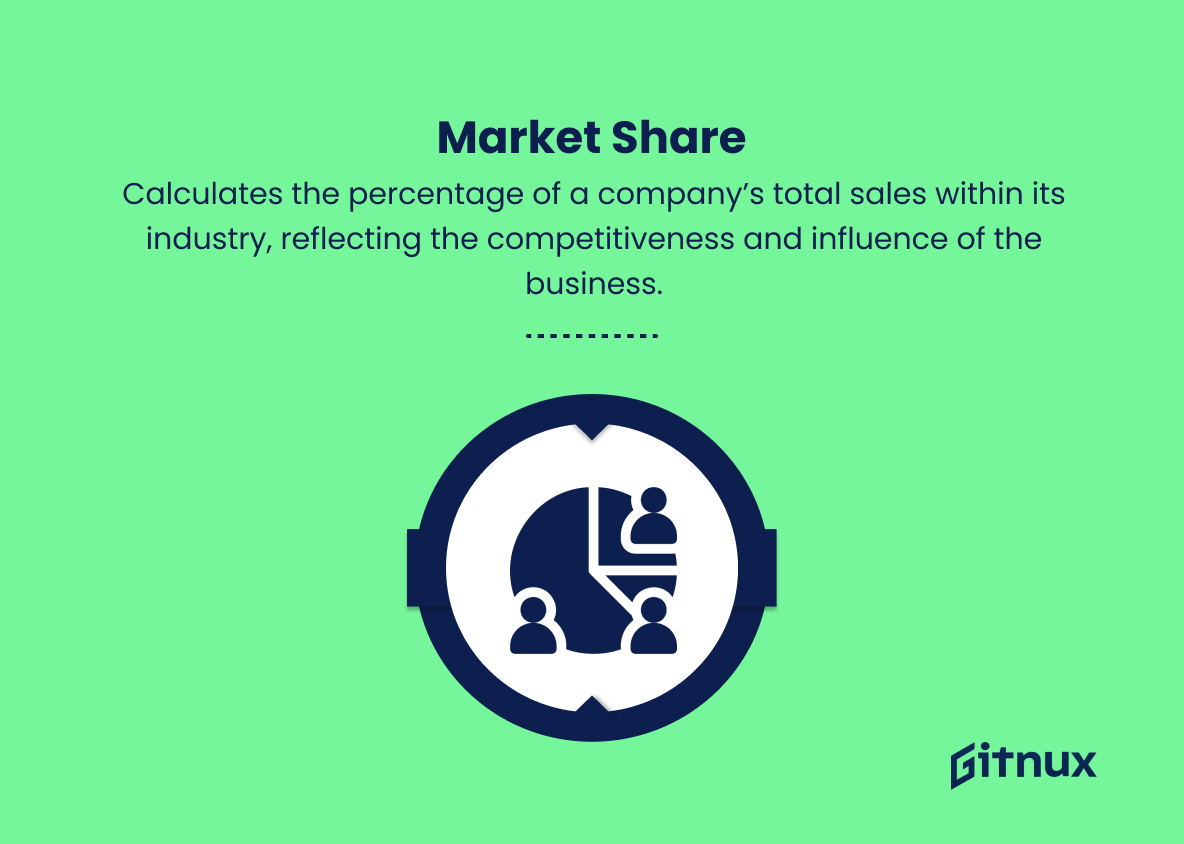In today’s fiercely competitive business landscape, the ability to make informed decisions backed by accurate data is more crucial than ever before. One key factor in staying ahead of the game is leveraging Business Intelligence (BI) tools that allow organizations to monitor, analyze, and assess their performance effectively. This is where Key Performance Indicators (KPIs) come into play, serving as vital metrics that measure the success of businesses in meeting their strategic goals.
In this in-depth blog post, we will explore the world of Business Intelligence KPIs, shedding light on their significance, different types, and best practices for design and implementation. By gaining a comprehensive understanding of BI KPIs, you will be well-equipped to drive your organization’s performance towards new heights of success.
Business Intelligence KPIs You Should Know
1. Revenue Growth
Measures the increase in a company’s sales or income over a specific period, indicating the performance and scalability of the business.
2. Gross Profit Margin
Calculates the percentage of revenue remaining after subtracting the cost of goods sold (COGS), which reflects the company’s ability to generate profit from its core operations.
3. Operating Profit Margin
Represents the proportion of revenue left after accounting for the direct and indirect operating costs, highlighting business efficiency.
One key factor in staying ahead of the game is leveraging Business Intelligence (BI) tools that allow organizations to monitor, analyze, and assess their performance effectively.4. Net Profit Margin
Calculates the percentage of revenue remaining after all expenses and taxes, indicating the overall profitability of the business.
5. Return on Investment (ROI)
Evaluates the efficiency of investments made by the company by comparing the gains to the investment costs, which helps determine the success of projects or decisions.
6. Customer Acquisition Cost (CAC)
Represents the total cost of acquiring a new customer, which aids in understanding marketing effectiveness.
7. Customer Lifetime Value (CLV)
Calculates the predicted revenue a business can generate from a customer throughout their entire relationship, showcasing customer retention efforts’ success.
8. Churn Rate
Measures the percentage of customers leaving or cancelling a service during a specific period, used to assess customer satisfaction and retention strategies.
9. Retention Rate
The opposite of churn rate, it calculates the percentage of customers who continue using a business’s products or services over a period.
10. Customer Satisfaction Index (CSI)
Evaluates customer satisfaction through surveys and feedback, helping businesses identify areas needing improvement.
In today’s fiercely competitive business landscape, the ability to make informed decisions backed by accurate data is more crucial than ever before.11. Employee Turnover Rate
Indicates the percentage of employees leaving a company during a specific period, which reflects employee satisfaction and retention.
12. Employee Satisfaction Index (ESI)
Assesses employee satisfaction levels through surveys and feedback, enabling companies to identify areas for improvement in the work environment.
13. Sales Growth
Measures the increase in sales revenue over a specific period, which can help evaluate the effectiveness of sales strategies and marketing efforts.
14. Market Share
Calculates the percentage of a company’s total sales within its industry, reflecting the competitiveness and influence of the business.
15. Sales Conversion Rate
Represents the percentage of leads or prospects that are successfully converted to customers, which helps assess the effectiveness of the sales process.
16. Inventory Turnover
Measures how efficiently a business sells and replaces its inventory during a specific period, indicating supply chain management effectiveness.
17. Average Time to Resolve (ATR)
Calculates the average time taken to resolve customer issues, indicating the efficiency of customer support teams.
18. Cost per Lead (CPL)
Represents the average cost to generate a potential customer (lead) through marketing and advertising efforts, evaluating the cost-effectiveness of marketing campaigns.
19. Cost per Conversion (CPC)
Measures the average cost of converting a lead into a customer, reflecting the efficiency of sales and marketing efforts in making a sale.
20. Return on Assets (ROA)
Determines the effectiveness of a company’s use of its assets to generate profit by comparing net income to total assets.
Business Intelligence KPIs Explained
Revenue Growth is a critical KPI, as it measures the performance and scalability of a business by evaluating the increase in sales or income over a specific period. Gross Profit Margin and Operating Profit Margin reflect the company’s ability to generate profit from its core operations, while also showcasing business efficiency. The Net Profit Margin is key in evaluating overall profitability, and the Return on Investment (ROI) helps determine the success of projects and decisions made.
Customer-centric KPIs like Customer Acquisition Cost (CAC) and Customer Lifetime Value (CLV) aid in understanding marketing effectiveness and customer retention efforts’ success. Churn Rate and Retention Rate assess customer satisfaction and the success of retention strategies.
Employee-related KPIs such as Employee Turnover Rate and Employee Satisfaction Index (ESI) provide insights into employee satisfaction and work environment improvement areas. Sales Growth, Market Share, and Sales Conversion Rate help evaluate sales strategies and the business’s influence within its industry. Inventory Turnover indicates supply chain management effectiveness.
Average Time to Resolve (ATR) and cost-related KPIs like Cost per Lead (CPL) and Cost per Conversion (CPC) measure the efficiency of customer support, marketing, and sales efforts. Lastly, Return on Assets (ROA) is crucial for determining how effectively a company uses its assets to generate profit.
Conclusion
In summary, Business Intelligence KPIs are crucial to the success of any data-driven organization. By effectively defining, monitoring, and adjusting these performance indicators, companies can gain valuable insights, improve decision-making processes, and ultimately achieve their business objectives.
Remember, the key to successful BI implementation is to select the right KPIs that align with your organization’s strategic goals, ensure data accuracy and consistency, and foster a data-driven culture across your team. By staying proactive and agile in this ever-evolving BI landscape, your business can remain one step ahead of the competition and unlock its full potential.
